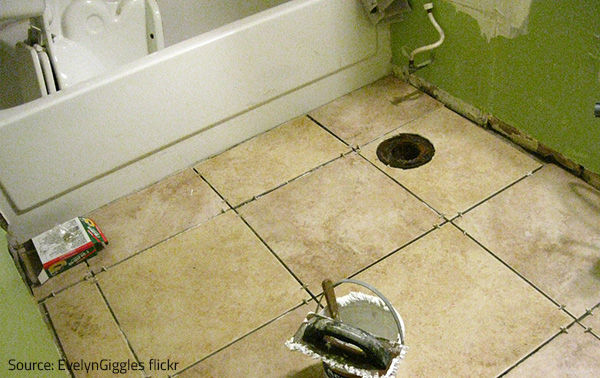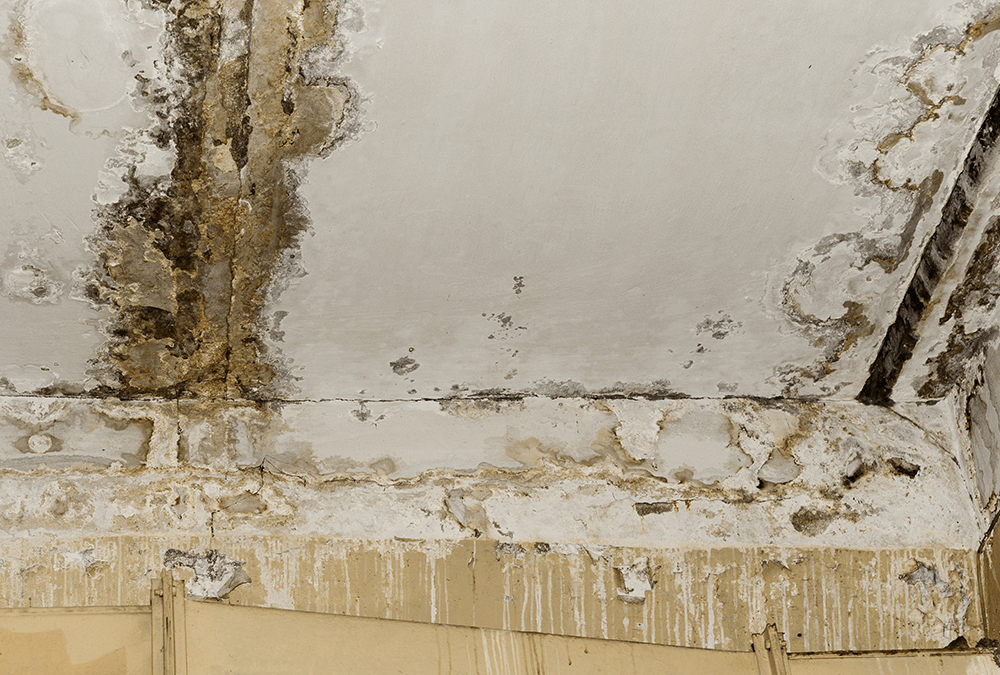The article author is making a few great pointers on Preventing Water Damage in the Bathroom overall in the content following next.

The bathroom is very susceptible for moist buildup as well as potential water damages because of the frequent use water in it. This post offers straightforward examination techniques to aid finding water damage dangers.
The frequent use water in the bathroom makes it very vulnerable for wet build-up and also prospective water damage. By checking it routinely, you can minimize water related problems.
The following collection of evaluations is very easy to carry out and also ought to be done as soon as in every three months in order to maintain your washroom in good shape and also to avoid possible water damages brought on by the bathtub, the shower, pipeline joints and plumbing, sinks, cupboards, and also the toilet
Do not forget performing these assessments and be complete while performing them. Bear in mind that these straightforward inspections can conserve you a lot of cash by providing very early signs for water damage
Tub and also Shower
The shower and tub call for special interest and also maintenance. Inspect the ceramic tiles and also change if broken. Make certain that there is no missing out on grout between the floor tiles. Inspect and change fractured caulking at joints where the walls meet the floor or the bath tub. Clogged drains as well as pipelines troubles will avoid the tub from drying out and also might indicate major troubles beneath the tub. Seek advice from a professional right away to avoid architectural damage. Take note of stainings or soft locations around the bath tub walls as they may suggest an inner leakage.
Plumbing
Signs for water damages are hard to spot considering that the majority of pipelines are mounted inside the wall surfaces.
Pay unique attention to flooring as well as wall surfaces wetness and also discolorations as they may indicate an unnoticeable plumbing issue. Inspect dampness degrees in adjoining spaces also.
Sinks as well as Cabinets
Sinks as well as closets are revealed to dampness and also moisture day-to-day and also are often overlooked. Inspect routinely under the sink and on the counter top above it. Repair any type of drip in the trap as it may recommend drainpipe troubles. Check out the sink, slow-moving draining pipelines might show a blocked drain. Replace sink seals if they are cracked or loose.
The Commode
The commode is an at risk water joint. Examine the water lines and also look for leakages around the bathroom seat, in the hose pipe, as well as under the water tank. If you spot any type of indications of moisture on the floor around the toilet, look for leakages in the toilet edge as well as tank seals.
Be aware that hanging toilet dish antiperspirants enhances the chances for clogs.
Water Damage Signs In The Bathroom To Avoid Cleanup
Musty smell
This is one of the easiest signs to catch because musty smells are so odorous. The damp, earthy, moldy smell should be a big red flag. The smell will develop when moisture gets trapped in surfaces, and begins to facilitate mold growth. Leaking pipes under cabinets, inside walls, and behind shower fixtures will cause moisture to stay trapped and not dry, which will lead to mold growth and spread. As soon as you notice any musty smells in your bathroom, have it checked for hidden water damage and cleanup signs.
Visible mold
If the smell isn’t there to give it away, sometimes you will actually see mold growth. Finding mold in your bathroom is a serious problem, because mold is very harmful to your health. By the time mold growth is visible, it also means that water damage has already occurred and been present for some time. The only way the mold problem can be resolved is to find the source of the moisture and get it stopped. To safely and adequately remove mold, you need to have professionals handle the remediation. Do not waste any time in getting mold problems addressed, fixed, and sanitized so that you can protect you and your family from the many respiratory symptoms caused by mold exposure.
Damaged floors
Bathroom floors should be able to withstand some exposure to water while still remaining in good condition. However, when excess exposure or water leaks occur, they will begin to damage even the most water-resistant flooring. If you notice any cracking, bubbling, staining, or warping on your bathroom floors, there is probably a water leak somewhere causing the distortion. If you notice areas of the floor have become softer, or even have a spongy feeling, there is probably damage to the subfloor. Subflooring is typically made up of plywood. When plywood is exposed to water or moisture, it will absorb it. Once it has become saturated, the weight of the excess water will cause the wood to swell and soften. Check the floors in your bathroom frequently to catch any of these sings before they lead to damaged subflooring.
Changes on walls
When water leaks behind walls, it will cause changes in the drywall. Peeling plaster, blistering paint, and soggy wallpaper are all good indicators that excess water is building up behind the wall. Water leaking behind drywall will cause it to swell and be soft to the tough. If you start to notice gaps along the trim of your walls, or where tile meets the wall, it could also be a strong indicator that there is a leak behind the wall. Any changes, distortion, or damage on the walls should be evaluated as soon as you notice it to prevent further water damage and cleanup.

I am just very fascinated with How to Prevent Bathroom Water Damage and I am hoping you appreciated our blog posting. Appreciated our article? Please share it. Help somebody else discover it. Thanks a lot for your time. Visit us again soon.
Request Appointment